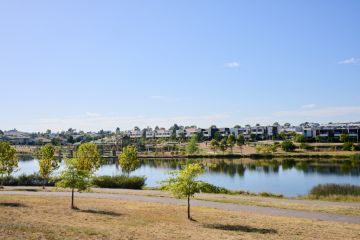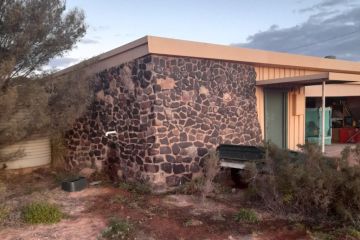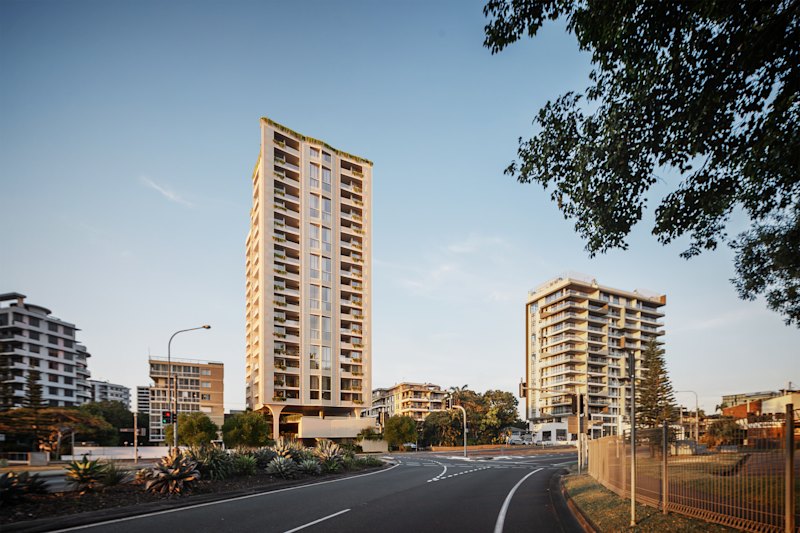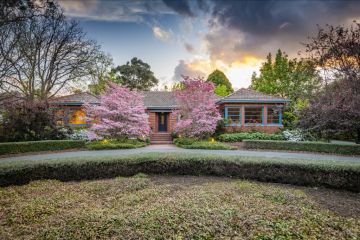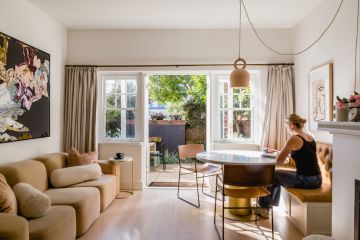Retirement homes: The $500,000 downsizing option no one is talking about
In the search for affordable housing, there’s one slice of the market that’s routinely overlooked by the 55-plus age group: houses, villas or apartments in retirement villages.
New research has just been released to reveal that, on average, homes in these villages can be up to 50 per cent cheaper than their equivalents outside.
With the median price for a two-bedroom independent living unit (ILU) in a retirement village now sitting at $516,000, compared to the median price of a house in the combined capitals of $1,049,812 and of an apartment at $608,898, on Domain figures, they can represent a huge saving.
“At a time when national housing affordability is eroding – and the cost of living is also growing – the value proposition of retirement communities is strengthening,” said Retirement Living Council executive director Daniel Gannon.

“In addition, when seniors ‘rightsize’ and enter retirement communities, it doesn’t just mean a better quality of life for our older Australians, it also frees up traditional housing stock for singles, couples and new and growing families.
“That’s why we believe governments at all levels and of all persuasions need to better understand that our sector is also a key to solving the housing pressures being felt across Australia today.”
The revelation of the relative affordability of homes in retirement villages comes as a result of the newly-published 2022 PwC/Property Council of Australia Retirement Census, the first to provide a post-COVID snapshot of the sector.
It showed that the median price of a two-bedroom ILU grew from $484,000 to $516,000 over the 18 months to December 2022, while national house prices over the same period rose by 26.2 per cent.
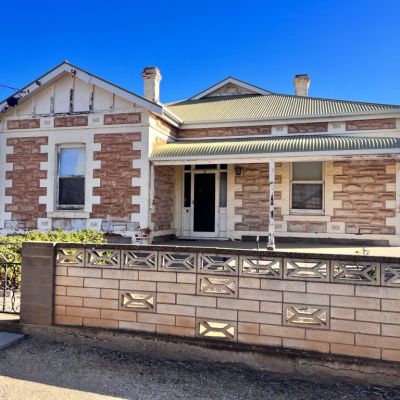 Prices in this Aussie country town have risen by 45 per cent over the past year. The median house is still only $145,000
Prices in this Aussie country town have risen by 45 per cent over the past year. The median house is still only $145,000 Coffs Harbour oceanfront dream home: Own your own private headland on the NSW coastline
Coffs Harbour oceanfront dream home: Own your own private headland on the NSW coastline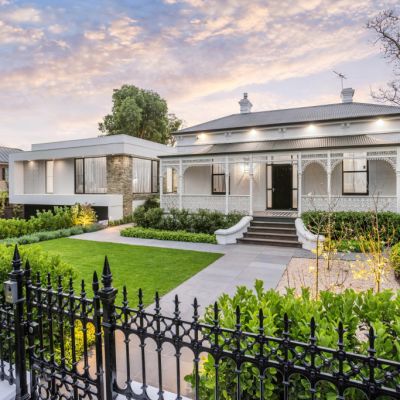 Capital city house prices rise four times faster than last quarter as housing recovery gains momentum
Capital city house prices rise four times faster than last quarter as housing recovery gains momentum
The Retirement Census data was collected from 537 retirement villages, looking after a total of 64,000 ILUs, and operated by 41 different companies.
The latest Domain House Price Report, in contrast, shows prices of houses in all capital cities are significantly higher, ranging from Sydney’s median of $1,538,017, Canberra’s $1,034,057 and Melbourne’s $1,027,996, down to our cheapest capital, Darwin, at $642,212, Perth’s $690,468, Hobart’s $709,275 and Adelaide’s $813,842.
For apartments, the results are more mixed, with the median of ILUs coming in at less than Sydney’s unit median at $773,752, Melbourne’s $553,110, Canberra’s $545,347 and Hobart’s $532,676. It was higher, however, than the apartment medians in Darwin ($361,298), Perth ($356,517) and Adelaide ($449,548).
In Sydney, retirees Toni and Barry Boulton found they offered a real value proposition when they were looking for something to downsize to from their large family home in Oatlands in the city’s north-west.
Toni, now 78, started searching for a good apartment nearly eight years ago, but everything she saw she felt wasn’t quite right.
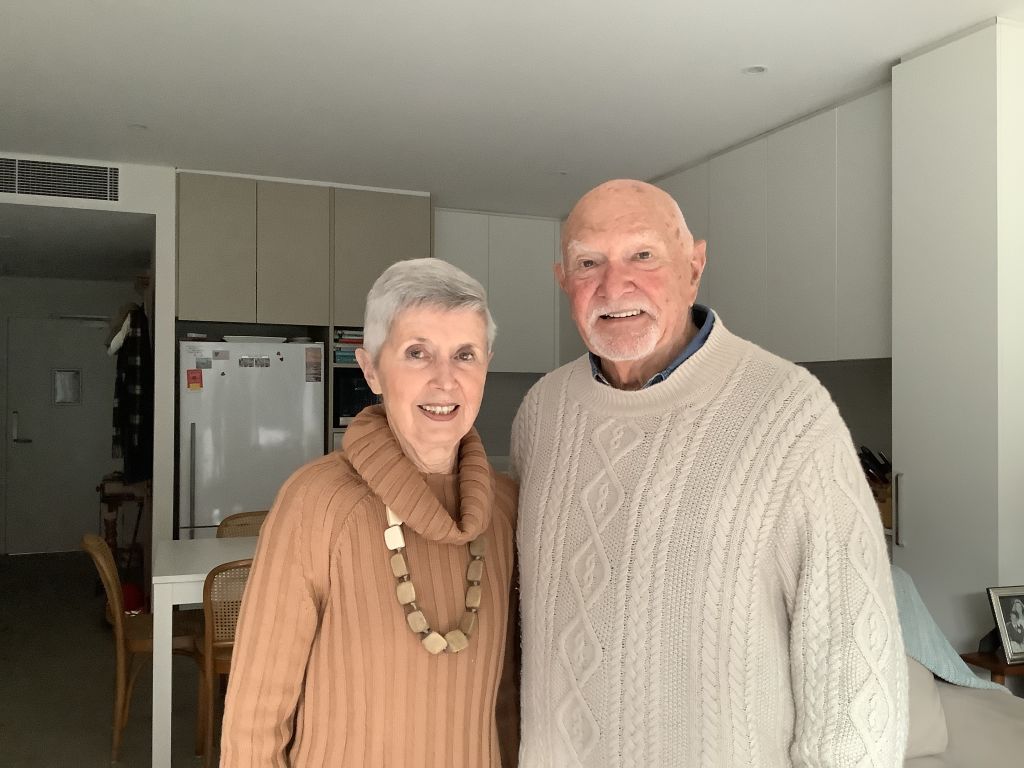
Then Barry, now 85, chanced on a new complex being built in Ashfield in the inner west and they both looked at a unit there, and loved it.
It turned out to be the Levande Cardinal Freeman retirement community, and they moved in May 2016.
“When we did the maths, it turned out to offer us a lot of savings, not least on petrol costs from visiting our daughter who lives nearby,” Toni said.
“We pay monthly fees, but that takes care of the rates and water and all the maintenance and gardening. In a regular apartment, you’d have the strata levies but also all the rates.
“We just love living here. It’s very low maintenance, close to everything, and we can lock up and leave it whenever we want to travel.”
Levande operates villages across NSW, Victoria, Queensland, the ACT and South Australia and says they’re really growing in popularity.
Chief executive Kevin McCoy says there’s simply not enough awareness in the general community of retirement villages and what they offer residents.
“When people move into them, the most common thing we hear is, ‘Why didn’t we move in years ago!’ ” McCoy said.
“People often battle on with a big house for just two people and don’t realise what easy living retirement villages can offer them, as well as peace of mind, security and a vibrant community.
“Most of our business is through referrals from residents and one village is so popular that, whenever an ambulance pulls up, we have a lot of inquiries the next day.
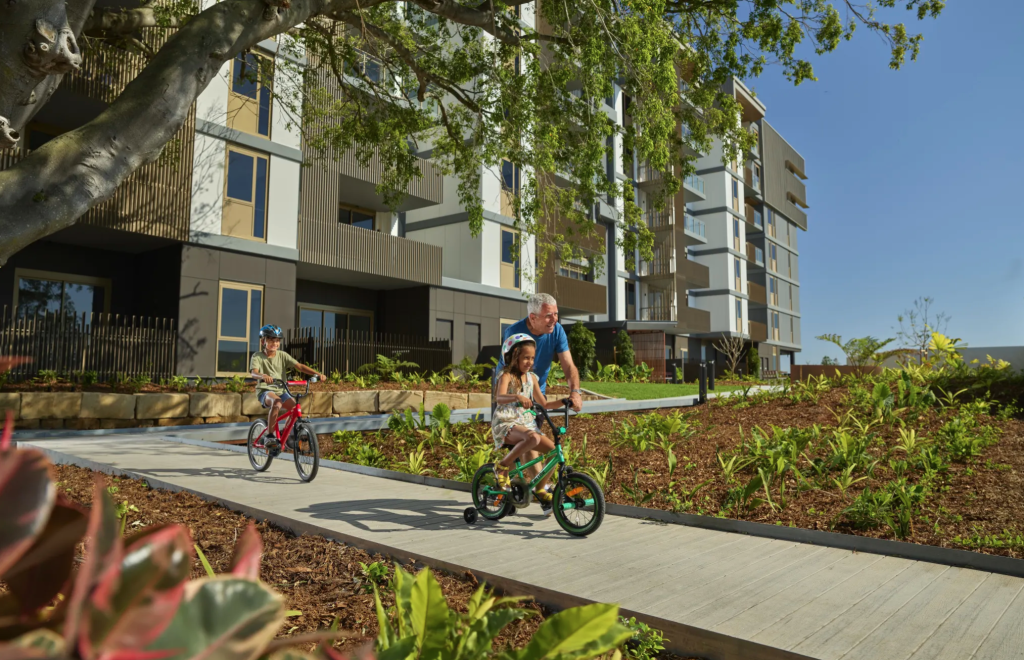
“The villages are open to anyone over 55 years of age, but, in practice, it’s mostly Baby Boomers well into their 60s.”
With an ageing population and an increasing numbers of Baby Boomers, it’s expected that places in retirement villages will be even more in demand in the future, with the new residents demanding higher and higher standards.
Many more of those in the future will be high-rise too, with the number of single-level homes falling from 68 per cent to 64 per cent over the 18 months to the end of 2022 alone.
Gannon said: “The retirement living industry epitomises diversity and choice given its housing spectrum ranges from very affordable to high-end, from inner city vertical apartments to regional broadacre units, catering for a range of residents requiring a range of needs.
“While there are many 55-year-old residents in retirement communities, we are seeing a slightly older demographic take a strong interest in this housing and tenure type.
“We know that the sooner a resident moves into a purpose designed and purpose built community, the better the quality of life for that resident on a wide range of metrics, and the potential social, economic and housing upside is immense.”
We recommend
States
Capital Cities
Capital Cities - Rentals
Popular Areas
Allhomes
More
